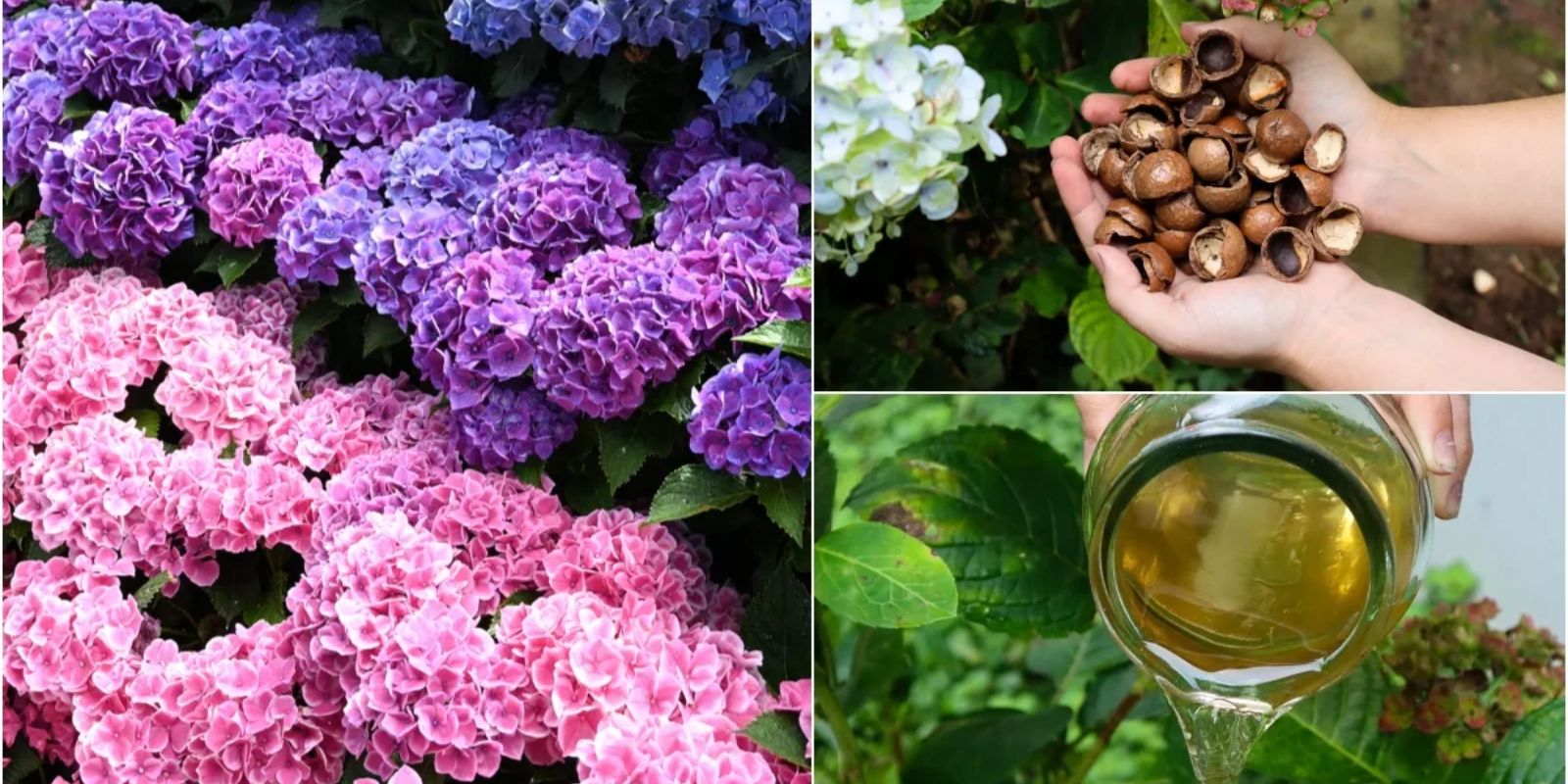Hydrangeas are celebrated for their spectacular blooms, which can transform any garden into a vibrant oasis. If you’re looking to make your hydrangeas bloom even bigger and more beautifully, proper fertilization is essential. This article will delve into the best practices for fertilizing hydrangeas to achieve those lush, eye-catching blooms you’ve always dreamed of. From understanding the nutritional needs of hydrangeas to applying the right fertilizer at the right time, we’ll cover everything you need to know.
Introduction
Hydrangeas are one of the most beloved garden plants, known for their impressive flower heads and ability to bring a touch of elegance to any landscape. However, to ensure your hydrangeas achieve their full blooming potential, it’s crucial to provide them with the right nutrients at the right time. Fertilizing hydrangeas correctly not only enhances the size and vibrancy of the blooms but also supports the overall health and growth of the plant. This guide will walk you through the steps to effectively fertilize your hydrangeas and get those blooms looking their absolute best.
Understanding Hydrangea Nutritional Needs
Hydrangeas have specific nutritional requirements that differ from other garden plants. To promote bigger and healthier blooms, it’s important to understand what nutrients your hydrangeas need and how to provide them:
1. Nitrogen: Essential for overall plant growth and leaf development, but too much nitrogen can lead to lush foliage at the expense of flowers.
2. Phosphorus: Crucial for blooming and root development. A higher phosphorus content in fertilizer encourages more blooms.
3. Potassium: Supports overall plant health, strengthens stems, and improves resistance to disease and drought.
4. pH Level: Hydrangea bloom color can be influenced by soil pH. Acidic soil (pH 5.5–6.5) tends to produce blue blooms, while alkaline soil (pH 6.5–7.5) results in pink blooms. Adjust soil pH accordingly to achieve the desired bloom color.
Choosing the Right Fertilizer
Selecting the appropriate fertilizer is critical for promoting bigger blooms:
1. Balanced Fertilizer: A balanced fertilizer like 10-10-10 provides equal parts of nitrogen, phosphorus, and potassium. This is a good option for general growth and health.
2. Phosphorus-Rich Fertilizer: Look for fertilizers with a higher middle number (e.g., 10-20-10). Phosphorus encourages flowering and is essential for large, vibrant blooms.
3. Slow-Release Fertilizer: Choose a slow-release formula to provide a steady supply of nutrients over time, reducing the need for frequent applications.
4. Organic Options: Organic fertilizers, such as compost or well-rotted manure, improve soil health and provide a balanced nutrient supply.
When to Fertilize Your Hydrangeas
Timing is crucial for effective fertilization. Here’s a guide to when and how often you should fertilize:
1. Early Spring: Apply fertilizer in early spring, just as new growth begins. This provides the necessary nutrients to support the upcoming bloom cycle.
2. Mid-Summer: A second application in mid-summer can help sustain blooming and support the plant during its active growing phase. Avoid fertilizing late in the season, as this can promote new growth that may be damaged by frost.
3. Avoid Late Fall: Do not fertilize in late fall or winter, as this can stimulate new growth that could be harmed by cold temperatures.
Applying Fertilizer Correctly
Applying fertilizer correctly ensures that your hydrangeas receive the maximum benefit:
1. Read Instructions: Always follow the manufacturer’s instructions on the fertilizer package for the correct dosage. Over-fertilization can harm the plant and lead to excessive foliage at the expense of blooms.
2. Prepare the Soil: Ensure the soil is moist before applying fertilizer. Dry soil can lead to uneven nutrient distribution and potential root damage.
3. Spread Evenly: Apply the fertilizer evenly around the base of the plant, avoiding direct contact with the stems and leaves. This helps to ensure that the nutrients reach the root zone effectively.
4. Water Thoroughly: After applying fertilizer, water the area thoroughly to help dissolve the nutrients and allow them to penetrate the soil.
Additional Tips for Bigger Blooms
In addition to fertilizing, consider these tips to maximize bloom size and health:
1. Mulch: Apply a layer of mulch around the base of the hydrangeas to retain moisture, regulate soil temperature, and improve soil fertility.
2. Pruning: Regularly prune your hydrangeas to remove dead or weak growth. Proper pruning encourages more blooms and helps maintain plant health.
3. Soil Testing: Conduct a soil test to determine the current pH and nutrient levels. This information can help you adjust your fertilization strategy and soil amendments.
4. Watering: Hydrangeas need consistent moisture, especially during blooming periods. Ensure they receive adequate water, particularly during dry spells.
5. Pest and Disease Control: Monitor your plants for signs of pests or diseases. Address any issues promptly to prevent damage to your hydrangeas and ensure they remain healthy and productive.
Conclusion
Fertilizing your hydrangeas is a key step in achieving those stunning, oversized blooms that make these plants so cherished. By choosing the right fertilizer, applying it at the appropriate times, and following additional care tips, you can enhance the beauty and health of your hydrangeas. With these strategies, you’ll enjoy a garden filled with vibrant, abundant blooms that will impress all season long.
Embrace these fertilization techniques and watch your hydrangeas flourish like never before. Happy gardening!

